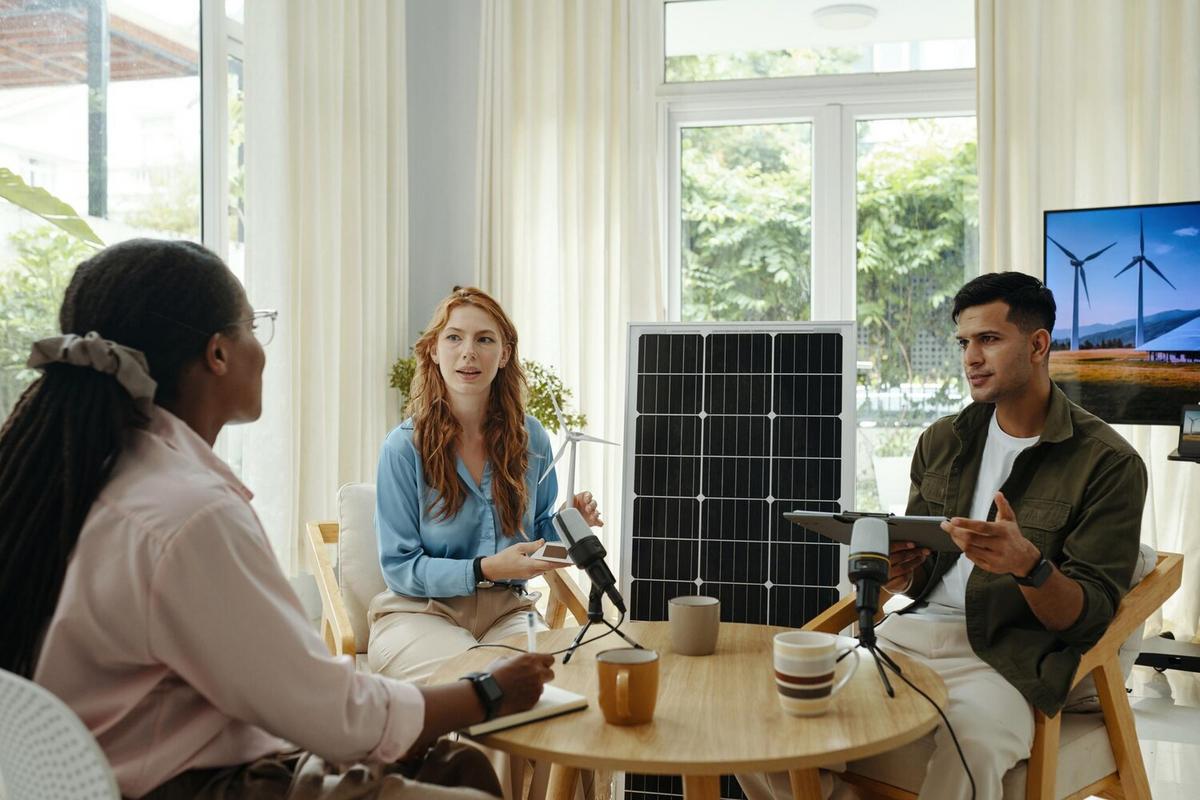Community Solar Programs: Empowering Local Energy Independence
Harnessing the power of the sun has never been more accessible than through community solar programs, which are revolutionizing the way local communities generate and consume energy.

Harnessing the power of the sun has never been more accessible than through community solar programs, which are revolutionizing the way local communities generate and consume energy.
Understanding Community Solar Programs
Community solar programs, also known as shared solar, allow multiple participants to benefit from a single solar array, typically located in a nearby location. These initiatives democratize access to solar energy by enabling people who cannot install solar panels on their own properties—due to financial constraints, roof conditions, or rental agreements—to participate in renewable energy production.
Expert Insights
According to the Solar Energy Industries Association, community solar projects are burgeoning across the United States, with more than 3.1 gigawatts of installed capacity. This growth highlights the increasing interest in shared solar solutions. Energy analyst Laura Thompson notes, “Community solar is a catalyst for local energy independence, offering an inclusive way for communities to embrace renewable energy.”
Statistics and Research
A report by the National Renewable Energy Laboratory shows that by 2025, community solar could power up to five million American homes. This projection underscores the potential impact of these programs on the nation’s energy landscape.
Personal Stories: Bringing Communities Together
Consider the story of a small town in Colorado, where residents pooled their resources to develop a community solar garden. This initiative not only reduced electricity costs for participants but also strengthened community bonds through collaboration.
How to Get Involved
- Research local community solar opportunities through your utility company or local government.
- Participate in informational meetings to understand the specifics of available projects.
- Assess your energy needs and budget to determine the best subscription plan.
Pro Tip: Joining a community solar program can often offer savings on your electricity bill without any upfront costs, making it a financially viable option for many households.
Benefits of Community Solar
| Benefit | Description |
|---|---|
| Accessibility | Allows renters and those with unsuitable roofs to participate in solar energy. |
| Cost-Effective | Often provides electricity at a lower rate than traditional sources. |
| Environmental Impact | Reduces carbon footprint by increasing reliance on renewable energy. |
| Local Economic Growth | Creates jobs and stimulates local economies. |
| Energy Independence | Reduces reliance on non-renewable energy sources. |
| Community Engagement | Strengthens community ties through collective action. |
| Scalability | Projects can be scaled to meet the needs of different communities. |
| Diverse Participation | Includes a wide range of participants regardless of financial status. |
Frequently Asked Questions
How does community solar billing work?
Participants typically receive credits on their electricity bill for the energy produced by their share of the solar array.
Can I join a community solar project if I move?
Many programs allow you to transfer your participation to a new address within the same utility service area.
What are the environmental benefits of community solar?
Community solar helps reduce reliance on fossil fuels, lowers greenhouse gas emissions, and promotes sustainable energy practices.
Conclusion
Community solar programs are an empowering tool for achieving local energy independence. By participating in these initiatives, individuals contribute to a more sustainable future while enjoying the economic benefits of renewable energy. Explore local opportunities to join a community solar project and become part of the renewable energy revolution today.